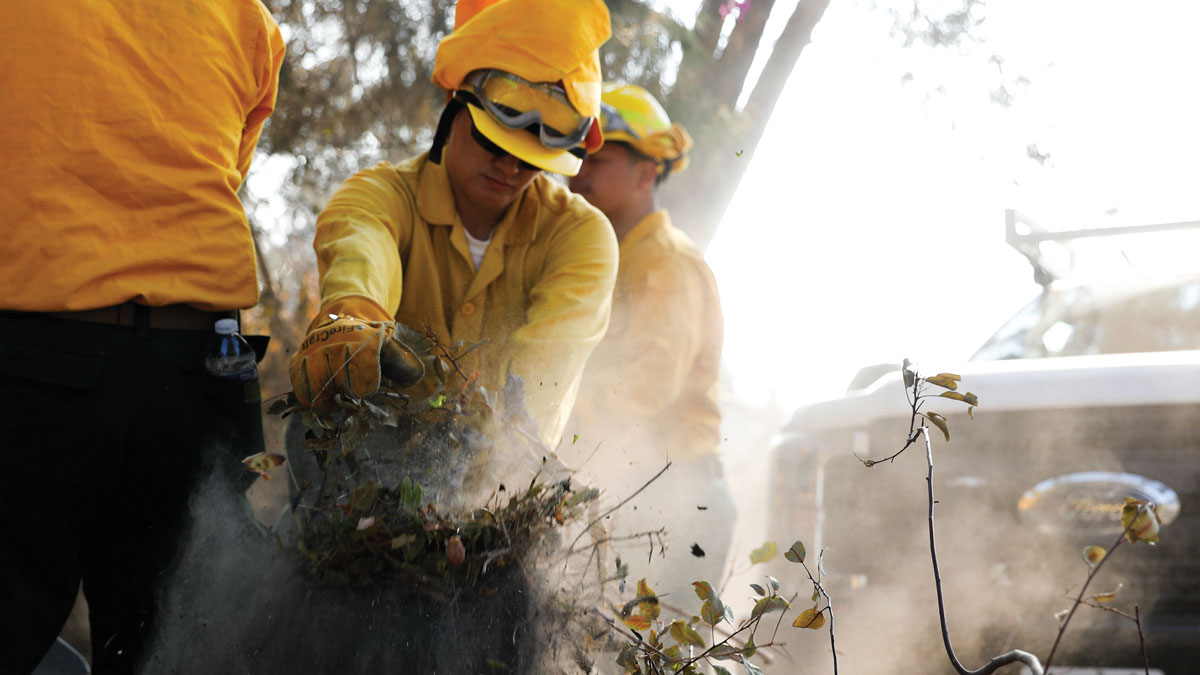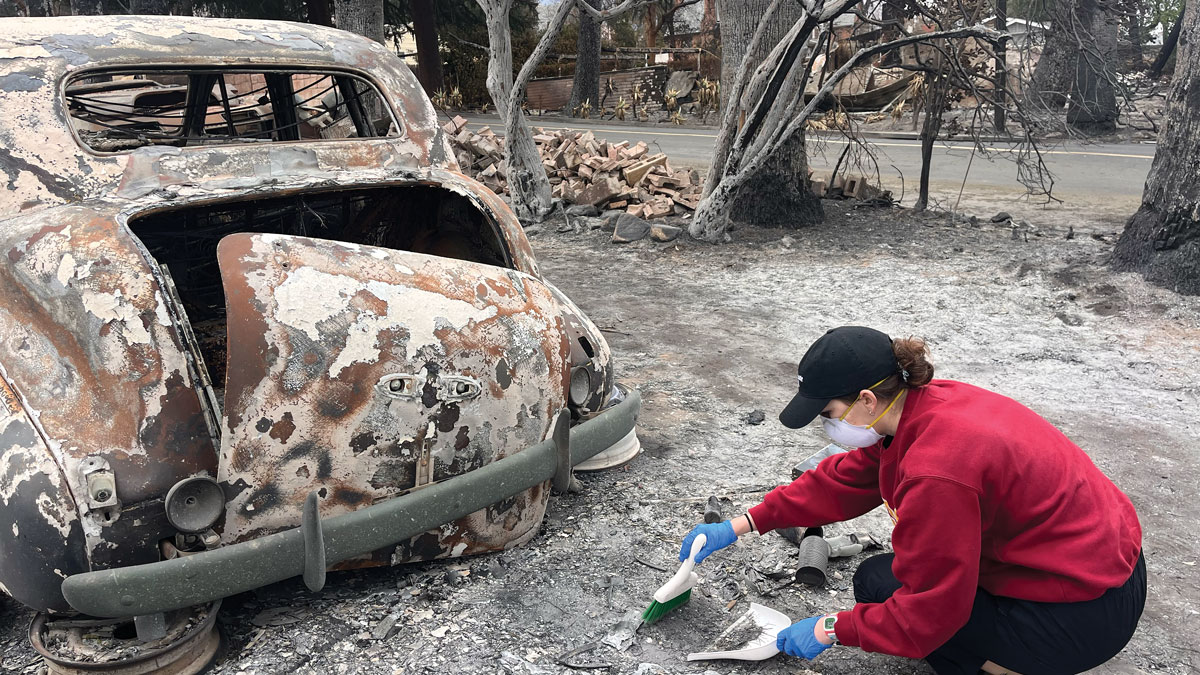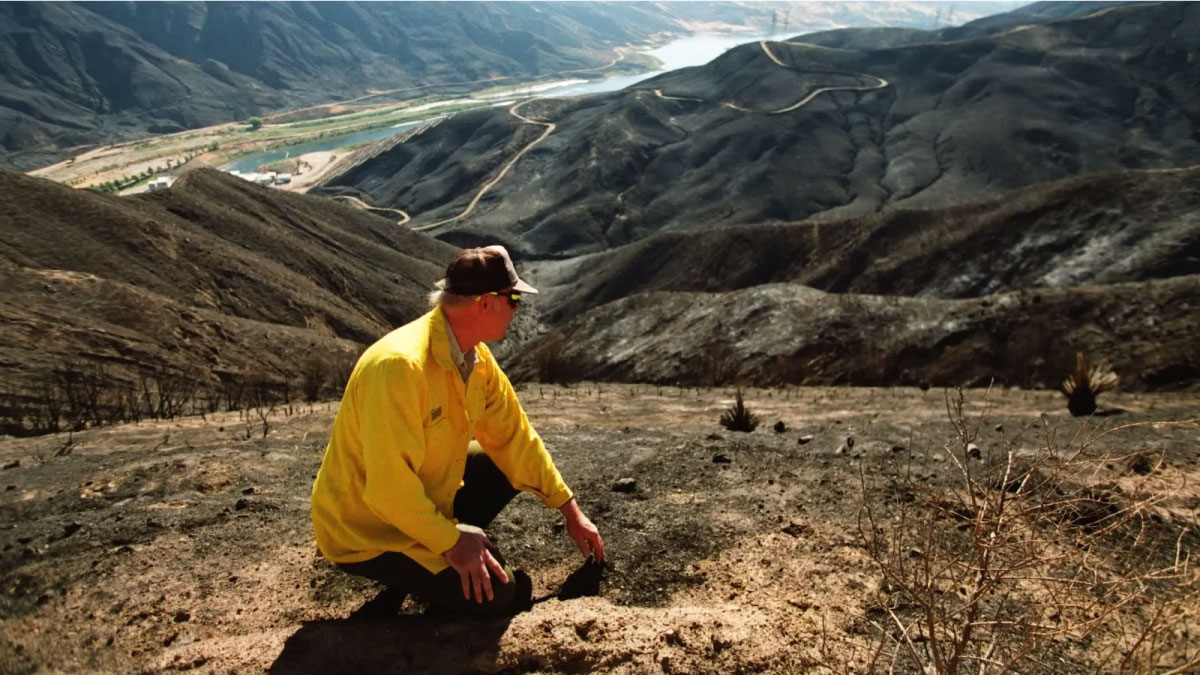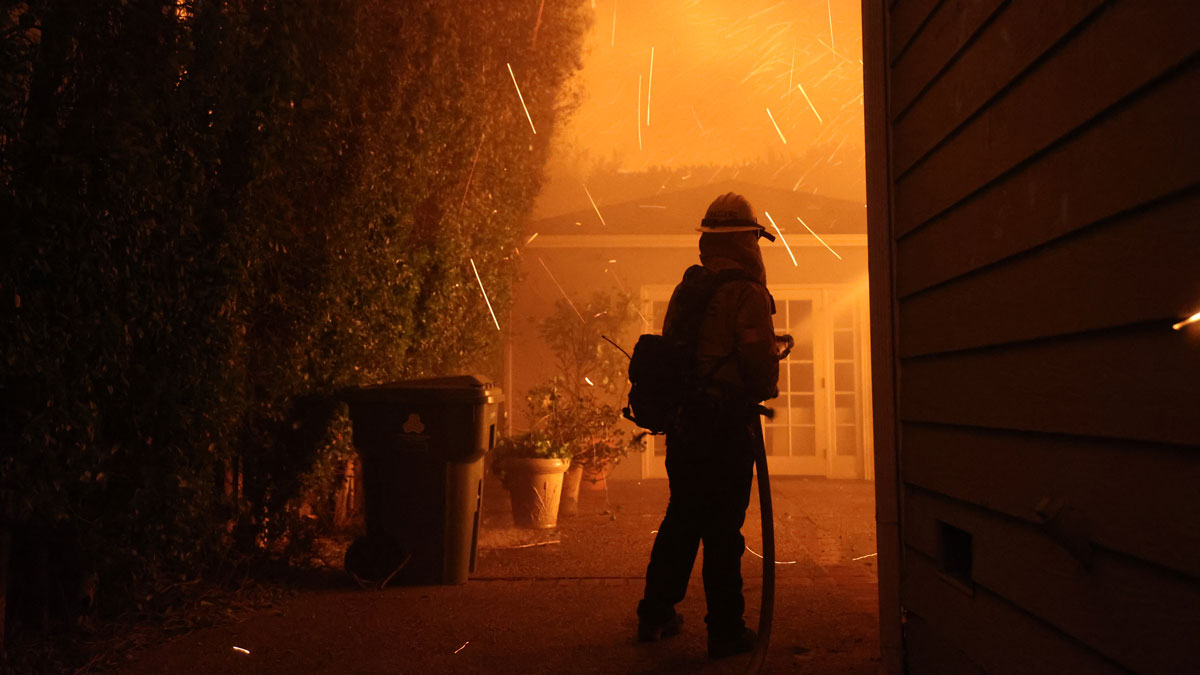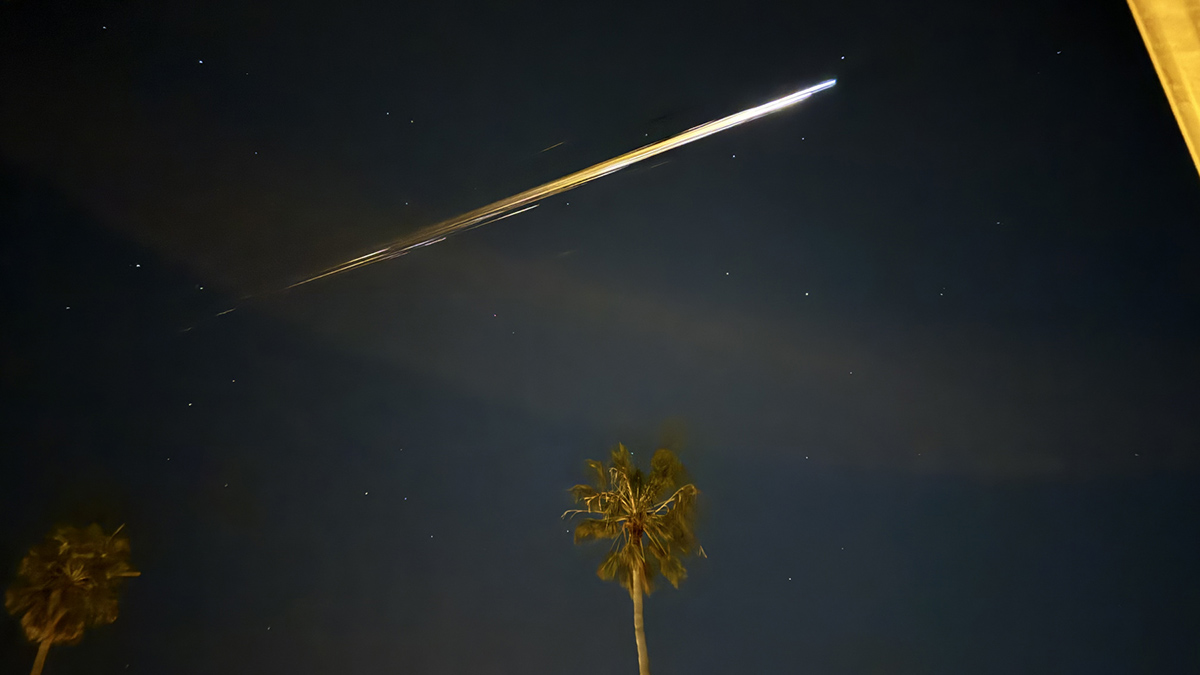Utilizando los instrumentos de monitoreo existentes y nuevos, investigadores trabajan para comprender mejor la calidad del aire durante y después de los incendios forestales de Los Ángeles.
Los Angeles
Fallout from the Fires
In January 2025, wildfires devastated Los Angeles neighborhoods and wildland alike. Scientists are contending with their lasting effects on air, land, and water.
When Disaster Science Strikes Close to Home
How have scientists across Los Angeles used their skills to help their communities recover from the 2025 fires?
Where There’s Fire, There’s Smoke
Using both existing and newly launched monitoring instruments, researchers work to better understand air quality during and after the Los Angeles wildfires.
Burning Urban and Wild Land Alike
When more densely populated Altadena and Pacific Palisades burned along with surrounding wildlands, hazards for residents didn’t stop when the fires were contained.
Pollution from Wildfires Can Contaminate Our Water for up to 8 Years, Study Finds
An analysis of 500 watersheds found levels of organic carbon, phosphorus, and other pollutants up to 103 times higher after a wildfire.
Seismometers Provide Fuller Picture of Los Angeles Groundwater
A new method to evaluate deep aquifers shows even torrential rains haven’t fully replenished groundwater beneath Los Angeles.
How Much Did Climate Change Affect the Los Angeles Wildfires?
High heat, dry fuel, and strong winds drove the Palisades and Eaton blazes.
Jet Propulsion Laboratory Reopens as Fire Recovery Continues
Many JPL staff, including its director, are still displaced or without homes after devastating fires throughout the LA region.
Seismometers Track Atmospheric Shock Waves from Incoming Space Debris
A Chinese spacecraft that burned up high over Los Angeles created a sonic trail detected by ground-based sensors.

